Disappearing Bird Species’ Nesting Debut on Desecheo NWR
Audubon's Shearwaters are nesting on Desecheo Island for the first time ever! Read about how we used social attraction to bring them home.
Restoring islands for nature and people worldwide.
Published on
February 21, 2024
Written by
Island Conservation
Photo credit
Island Conservation
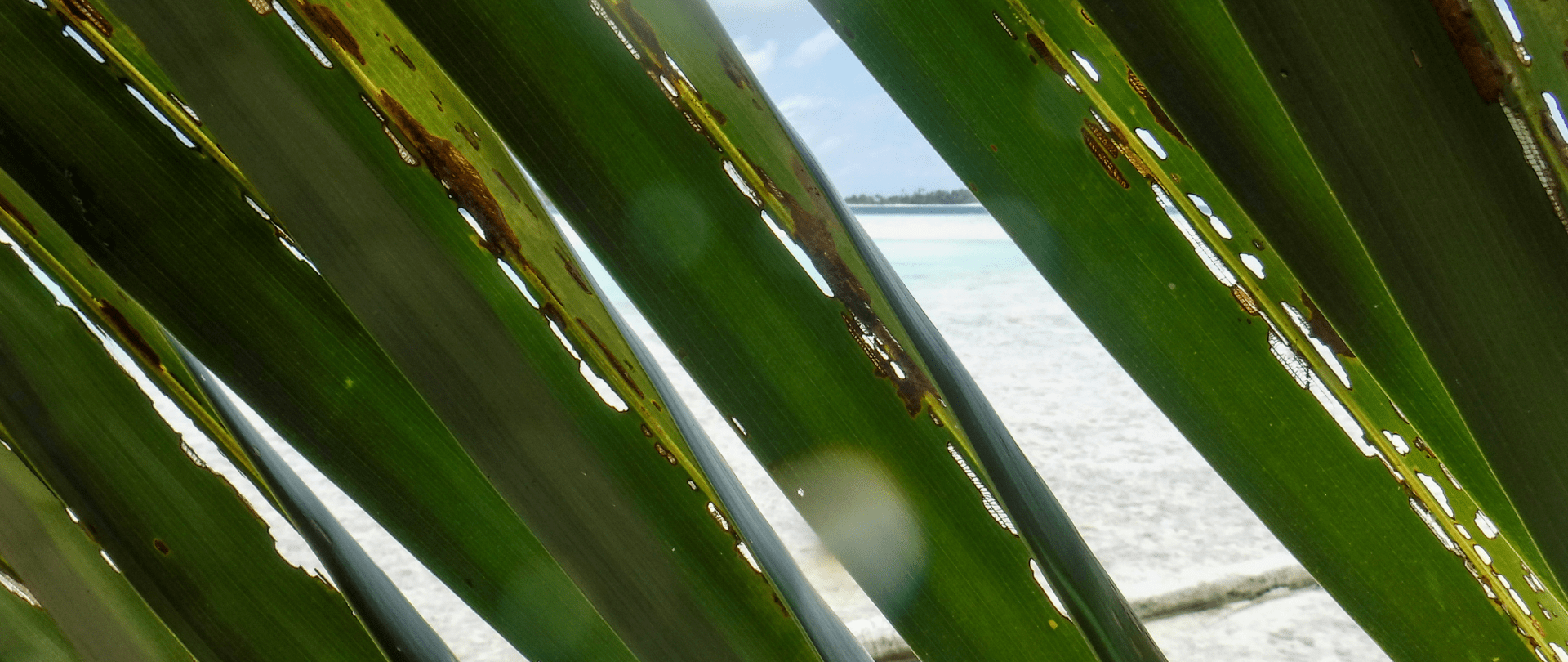
At Island Conservation, holistic restoration of islands is what we do best. Removing harmful invasive species from islands is proven to be one of the most successful methods for restoration and rewilding these delicate ecosystems. On Palmyra Atoll, for example, removing invasive rats in 2011 led to a 5000% increase in native plants.
Imagining this restored ecosystem could evoke images of sandy beaches, crystal-clear waters, and swaying palm fronds. However, beneath the picturesque appearance of these coconut palms lies an ecological challenge.
Copra, the dried, white flesh of the coconut, is a common crop that helps sustain island communities. However, coconut palms can become invasive when they dominate island plant communities. Their aggressive growth outcompetes native plants for resources both above and below ground. Furthermore, when coconut palms displace native plant species preferred by seabirds for roosting and nesting habitats, they disrupt nutrient pathways in marine and terrestrial ecosystems.
On Palmyra Atoll, located in the Northern Line Islands of the Pacific Ocean, an abandoned copra plantation has made the terrestrial ecosystem unfriendly to seabirds and other native species. Alongside partners at The Nature Conservancy, the US Fish and Wildlife Service, and the Zoological Society of London, our researchers have been working to develop the most successful methods for removing these harmful plants.
Under the banner of the Palmyra Atoll Rainforest and Reef Resilience Project (PARP), researchers evaluated three methods for controlling coconut palm seedlings: foliar herbicide application, cut-stem treatment, and a combination of cut-stem with herbicide. The findings of a paper recently published in Conservation Evidence revealed that the cut-stem combined with herbicide application resulted in the highest mortality rate among seedlings.
At the end of 2022, PARP had achieved control of over 1.1 million coconut palms across 115 hectares of land at Palmyra–thanks to approximately 6 thousand hours of hands-on work!
These efforts have led to significant progress in managing invasive coconut palms on Palmyra Atoll. By strategically applying herbicides and employing effective control methods, humans can significantly reduce the impact of these invaders on native ecosystems. Seabird populations now have more native tree nesting habitats, and we can expect that richer nutrient cycling will bring multiple benefits to the land and sea. What a win for conservation science!
Check out other journal entries we think you might be interested in.
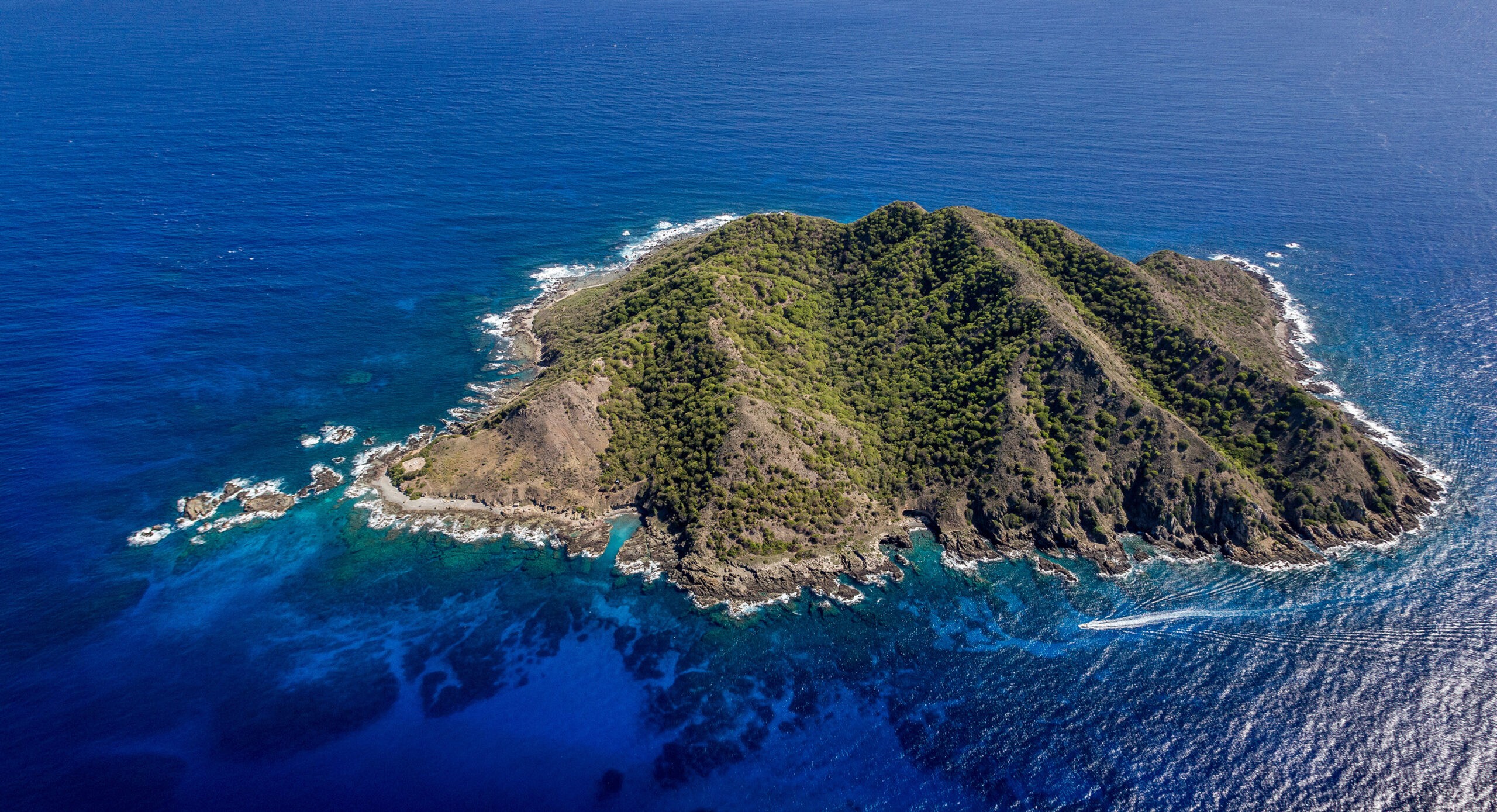
Audubon's Shearwaters are nesting on Desecheo Island for the first time ever! Read about how we used social attraction to bring them home.
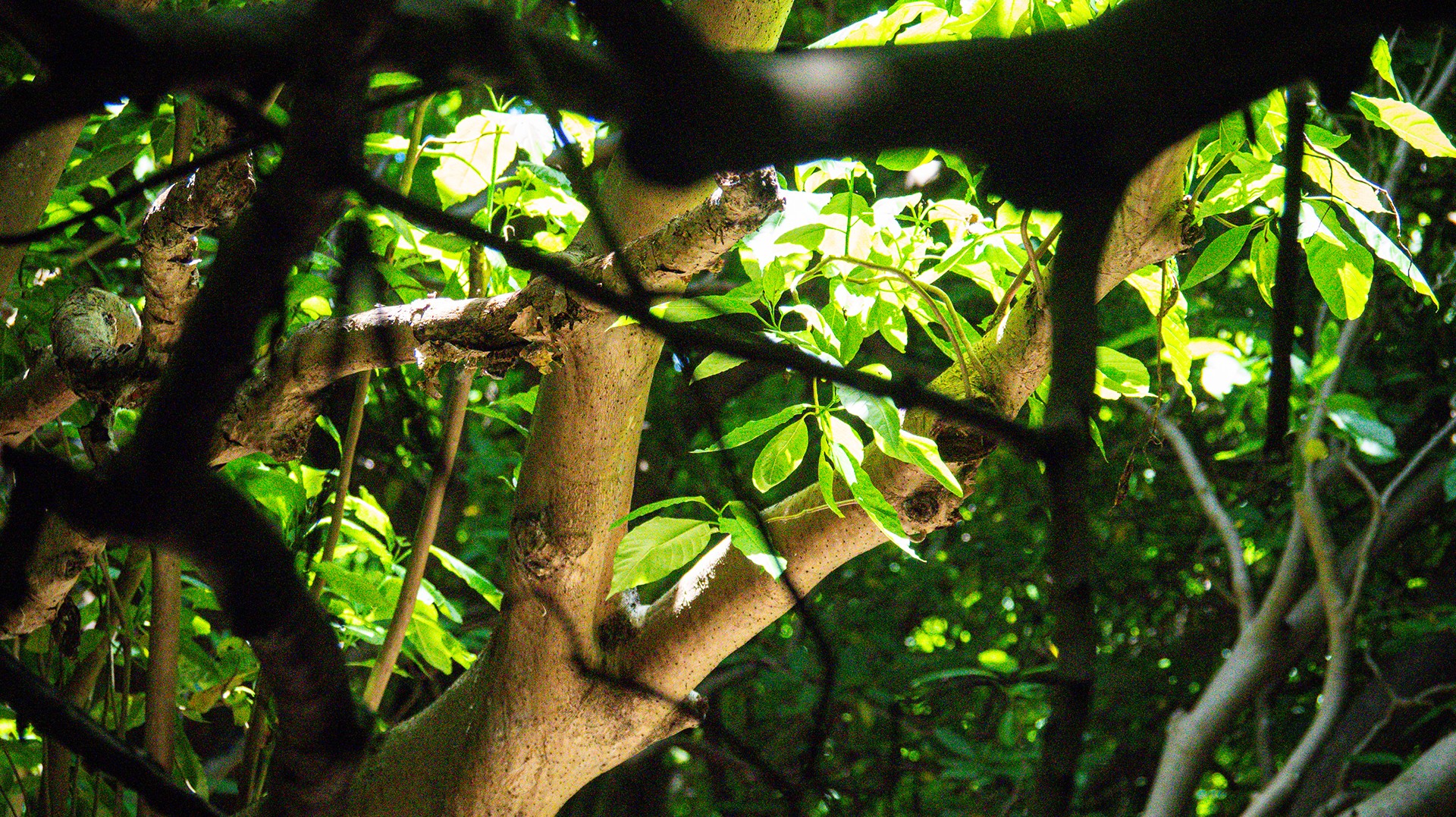
Island Conservation and partners have published a new paper quantifying ecosystem resilience on restored islands!
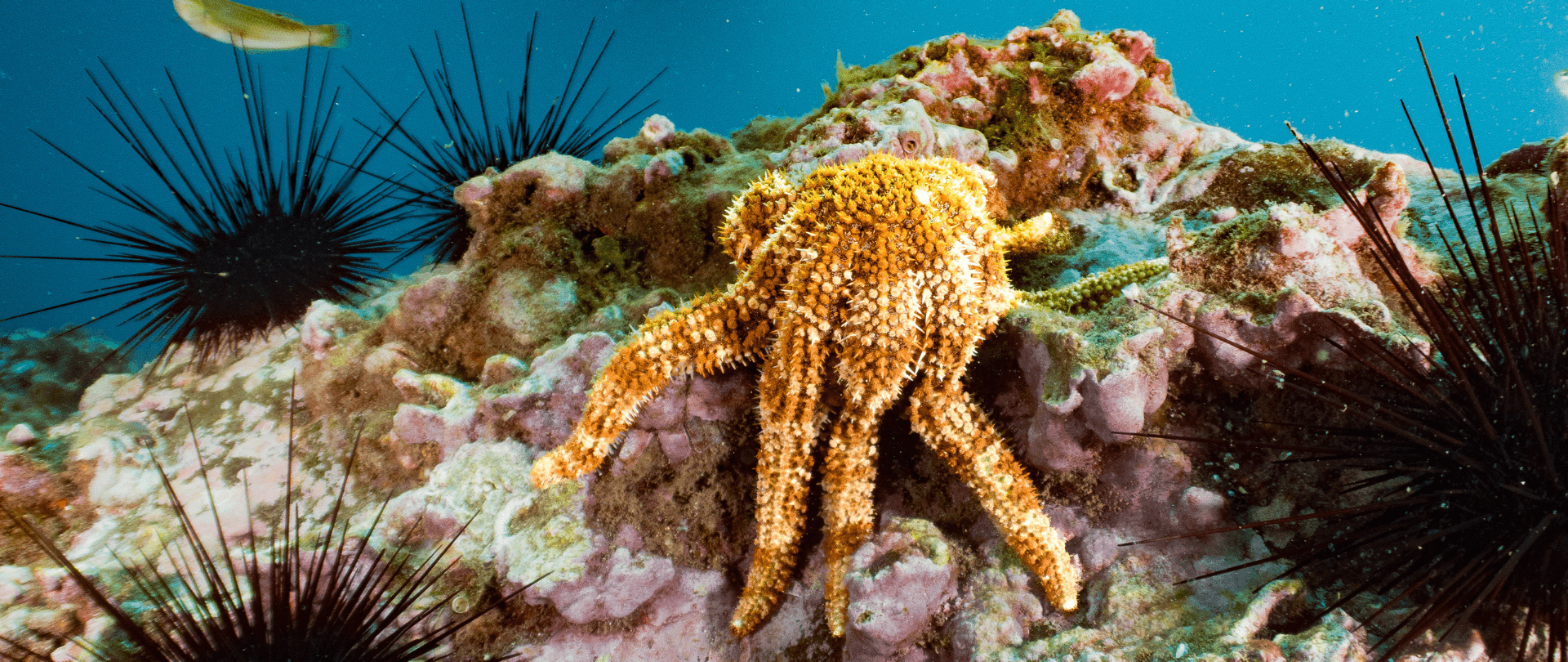
New research shows the vital link between island restoration, healthy seabird populations, and resilient, thriving coral reefs!

A new plant species endemic to Hawai'i has been officially classified, underscoring islands' unique biodiversity.
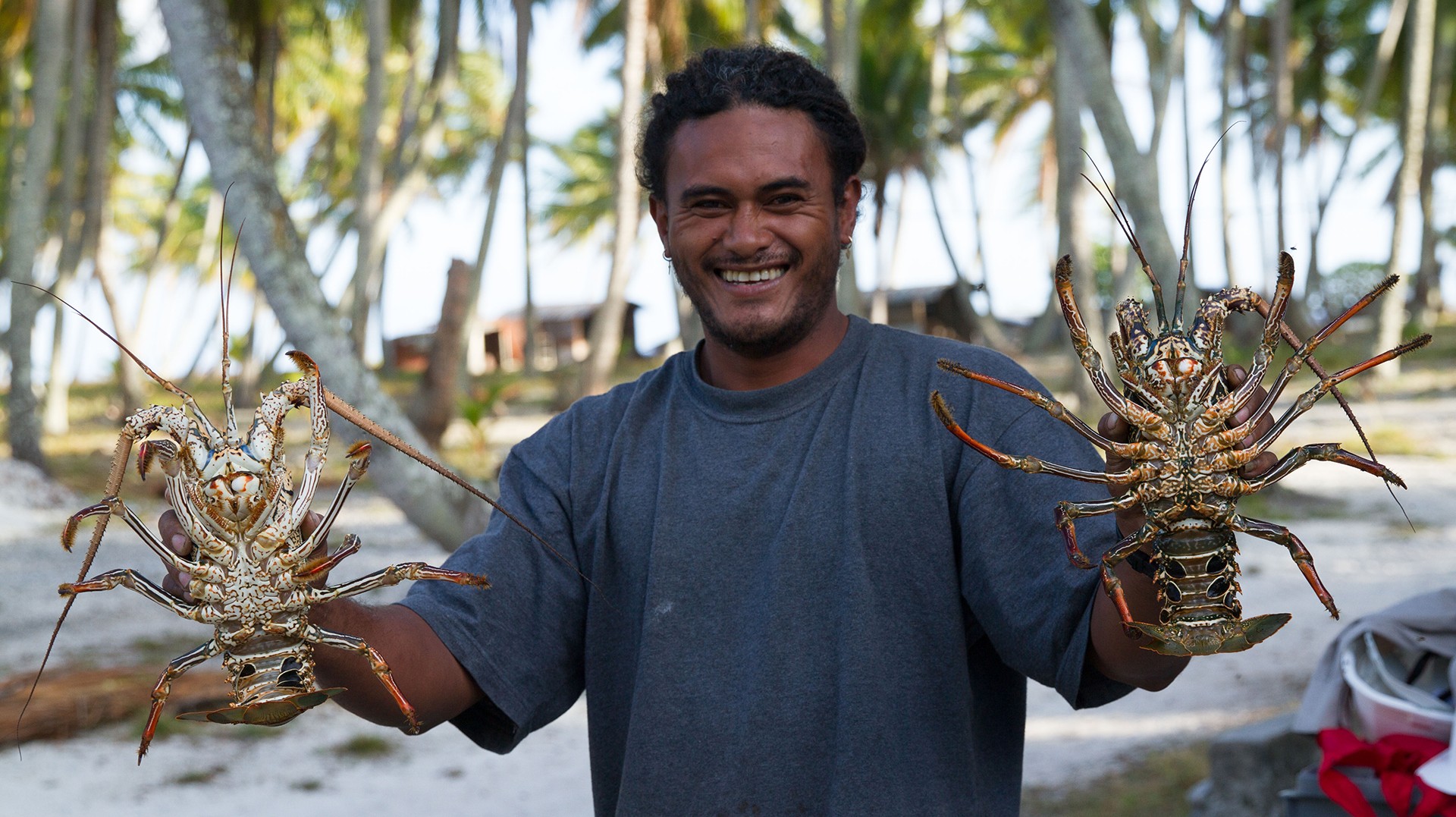
Researchers establish explicit connections between invasive vertebrate eradication on islands and socioeconomic and human health benefits to island communities, addressing global sustainable development targets. RELEASED: August 13, 2020 at 9:00 AM PST Media contact: Claudio Uribe, Island Conservation;claudio.uribe@islandconservation.orgResources: Research paper,…
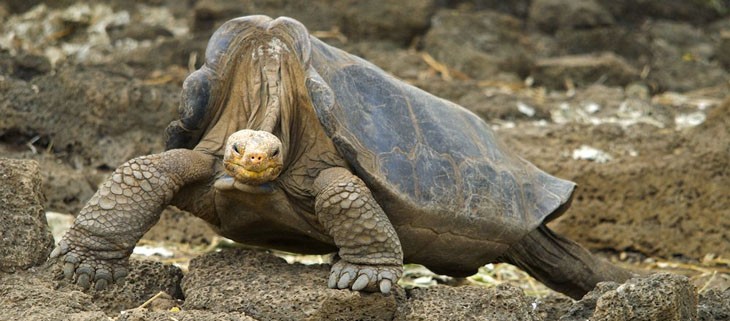
Lonesome George who died in 2012 and was previously thought to be the last world’s last Pinta Galapagos Giant Tortoise but a new discovery could mean there are more out there. Lonesome George was considered to be the ‘endling’ of…

Island Conservation Director of Conservation, Erin Hagen, speaks with WIRED about a recent UN report and the benefits of invasive species removal on islands. Two reports published this month reveal the threats species around the world are facing. One report…
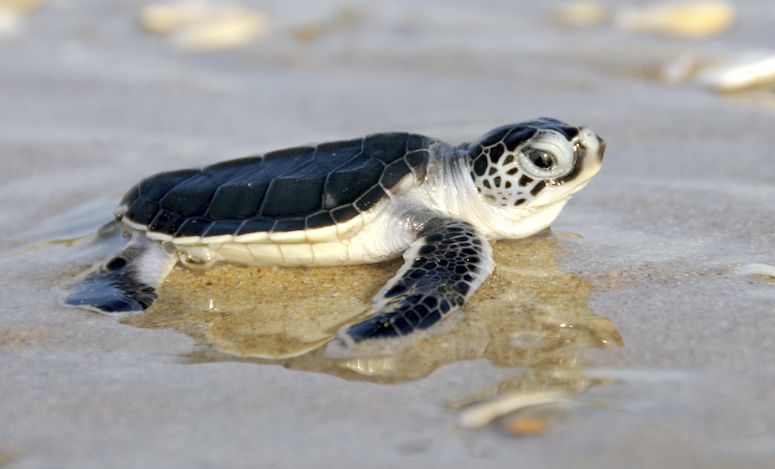
The Green Sea Turtle is making a comeback! This endangered species had a successful year of breeding in 2015 at Florida’s Archie Carr National Wildlife Refuge. Researchers found 14,152 nests at the end of the egg-laying season. Since green sea…